This 3D model of Roz The Wild Robot consists of files in StereoLithography (.Stl) format that is optimized for 3D printing.
Before printing the files, we strongly recommend reading the PRINTING DETAILS section.
WHAT WILL YOU GET AFTER PURCHASE?
- 4 versions of Roz The Wild Robot STL files for FFF/FDM, DLP/SLA — files for all versions are available for download after the purchase;
- STL files of high-poly The Wild Robot design for 3D printing consist of 169 files;
- Sizes for:
- FFF/FDM: 482 mm tall, 240 mm wide, and 251 mm deep;
- DLP/SLA Active: 241 mm tall, 120 mm wide, and 125 mm deep;
- DLP/SLA Static Pose 1: 120 mm tall, 6 mm wide, and 63 mm deep;
- DLP/SLA Static Pose 2: 120 mm tall, 6 mm wide, and 63 mm deep;
- Assembly Manual for 1.0 FFF/FDM in PDF and video formats;
- Detailed settings that we provide as a recommendation for Cura, Bambu Studio, Simplify3D, Slic3r and PrusaSlicer for the best print;
- Full technical support is provided by the Gambody Support Team.
Detailed information about these 3D printer files is available in the DESCRIPTION section.
ABOUT THIS 3D MODEL
Roz The Wild Robot 3D Model is a highly detailed STL 3D model designed for 3D printing, inspired by Peter Brown’s (The Wild Robot) and its animated adaptation. The main character, robot Roz, is a service robot with artificial intelligence who crash-lands on a deserted island. Stranded in the wilderness, she learns to survive, interacts with animals, and eventually becomes the adoptive mother of the gosling Brightbill. This cartoon story The Wild Robot explores themes of self-discovery, friendship, and finding one's place in the world, making it one of the most memorable sci-fi adventures.
The model is available in three versions: FDM/SLA Active and SLA Static.
The FDM/SLA Active version features a removable beacon with lighting capability, a detachable head cover for LED-lit eyes, and a flexible neck and arms (which can be assembled using filament or soft wire). The hands have ball joints, the fingers rotate and change position, and the disc on the palm spins. The body includes a removable cover for reactor access, while the pelvis and legs are secured with ball-and-socket joints for increased mobility. The model includes two versions of the right shin-standard and wooden, as well as a service station-style stand with LED lighting.
The SLA Static version is designed for collectors who prefer simplified assembly. It comes with two fixed poses: Roz raising her hand while observing Brightbill, or a relaxed pose with the gosling sitting on her shoulder.
All STL files are optimized, tested, and ready for high-quality 3D printing. This unique 3D model is a must-have for fans of The Wild Robot and collectors of highly detailed 3D models.
ADAPTATION FOR 3D PRINTING
Roz The Wild Robot for 3D printing is a static assembly model and its moderation and adaptation for different types of 3D printers took the Gambody team 176 hours in total. The 3D print's anatomy and proportions were thoroughly reviewed during the moderation process for the character.
The cutting of the 3D printing design was chosen by our team to minimise the amount of generated support and some of the parts were hollowed out for you to save resin in the Eco version. In order to conceal the places where the assembly parts of the 3D printable model are connected, The Wild Robot Roz was divided into convenient assembly parts.
All assembly parts in the 1.0 FFF/FDM version are provided in STL files in recommended positions that were worked out to ensure the smoothness of the details’ surfaces after printing and that the 3D printing beginners won't face difficulties when placing the parts on a build plate. When downloading any model's file you will also receive "Assembly Manual" for 1.0 FFF/FDM and 1.0 DLP/SLA versions in PDF format. We highly recommend that you get acquainted with the “Assembly Video” and "Assembly Manual" before getting down to Roz from The Wild Robot.
The design is saved in STL files, a format supported by most 3D printers. All STL files for 3D printing have been checked in Netfabb and no errors were shown.
The scale of the 3D print model was calculated from the height of Roz The Wild Robot. The 3D printer design’s chosen scales are 1/4 for the Active FFF/FDM version and 1/8 for the Active DLP/SLA version, 1/16 for the Static DLP/SLA versions.
VERSIONS’ SPECIFICATIONS
1.0 Active FFF/FDM version’s features:
- Contains 87 parts;
- A printed version is 482 mm tall, 240 mm wide, and 251 mm deep;
- Head can be fitted with either an emergency beacon or a cover;
- Articulated head;
- Two types of arms: static or flexible;
- Movable wrists;
- Fingers can rotate;
- Rotating palm;
- Removable cover for core access;
- Articulated body and shoulders;
- Articulated knees and feet;
- Two types of right shin: wooden and standard;
- Articulated body panels;
- Optional gosling or egg accessory;
- Articulated hips;
- All parts are divided in such a way that you will print them with the smallest number of support structures.
1.0 Active DLP/SLA version’s features:
- Contains 65 parts;
- A printed version is 241 mm tall, 120 mm wide, and 125 mm deep;
- Head can be fitted with either an emergency beacon or a cover;
- Articulated head;
- Two types of arms: static or flexible;
- Movable wrists;
- Fingers can rotate;
- Rotating palm;
- Removable cover for core access;
- Articulated body and shoulders;
- Articulated knees and feet;
- Two types of right shin: wooden and standard;
- Articulated body panels;
- Optional gosling or egg accessory;
- Articulated hips;
- All parts are divided in such a way to fit the build plates and to ensure that support structures are generated where needed.
1.0 Static Pose 1 DLP/SLA version’s features:
- Contains 9 parts;
- A printed version is 120 mm tall, 6 mm wide, and 63 mm deep;
- All parts are divided in such a way to fit the build plates and to ensure that support structures are generated where needed.
1.0 Static Pose 2 DLP/SLA version’s features:
- Contains 8 parts;
- A printed version is 120 mm tall, 6 mm wide, and 63 mm deep;
- All parts are divided in such a way to fit the build plates and to ensure that support structures are generated where needed.
You can get the STL files of Roz The Wild Robot for 3D printing immediately after the purchase! Just click the green Buy button in the top-right corner of the model’s page. You can pay with PayPal or your credit card.
Watch the tutorial on how to assemble the 3D printed Roz The Wild Robot model from the provided 3D print files on Gambody YouTube channel.
Also, you may like other Robots 3D printer designs.
_______
FAQ:
Generic
Below you can find printing recommendations for Cura, Bambu Studio, Simplify3D, Slic3r and PrusaSlicer software.
Disclaimer: The following printing settings are a recommendation, not an obligation. The parameters can vary depending on the peculiarities of your 3D printer, the material you use, and especially the particular assembly part you are working with. Each part that any model comprises often needs preliminary review, and you are free to tweak the settings the way you find suitable.
Note:
You can scale up the model (downscaling for FFF/FDM 3D printers is not recommended!);
All connectors should be printed at 100% Infill.
Bambu Lab printing recommendations:
These basic 3D printing settings recommendations for beginners were tested in Bambu Studio 1.9.1. Test models were printed on the Bambu Lab A1, Bambu Lab A1 Mini, Creality Ender 3 S1, Anycubic Kobra 2, and Anycubic Vyper using PLA and PETG filaments.
To avoid printing problems, we recommend the following settings: download
Cura printing recommendations:
These are averaged settings which were tested in the Cura 5.2.1 slicer. Test models were printed on Anycubic Vyper, Creality Ender 3 Pro with PLA filament.
To avoid printing problems, we recommend the following settings: download
Simplify3D printing recommendations:
These are averaged settings which were tested in the Simplify3D 5.0.0 slicer. Test models were printed on Anycubic Vyper, FLSUN v400, Ender3 S1 with PLA filament.
To avoid printing problems, we recommend the following settings: download
Slic3r printing recommendations:
These basic 3D printing settings recommendations for beginners were tested in Slic3r 1.3.0 software. Test models were printed on Ultimaker 2, Creality Ender 3, Creality Cr-10S pro v2, Anycubic I3 Mega, Anycubic I3 MegaS, Anycubic Vyper with PLA and PetG filaments.
To avoid printing problems, we recommend the following settings: download
PrusaSlicer printing recommendations:
These basic 3D printing settings recommendations for beginners were tested in PrusaSlicer 2.3.1. Test models were printed on Ultimaker 2, Creality Ender 3, Creality Cr-10S pro v2, Anycubic I3 Mega, Anycubic I3 MegaS, Anycubic Vyper with PLA and PETG filaments.
To avoid printing problems, we recommend the following settings: download

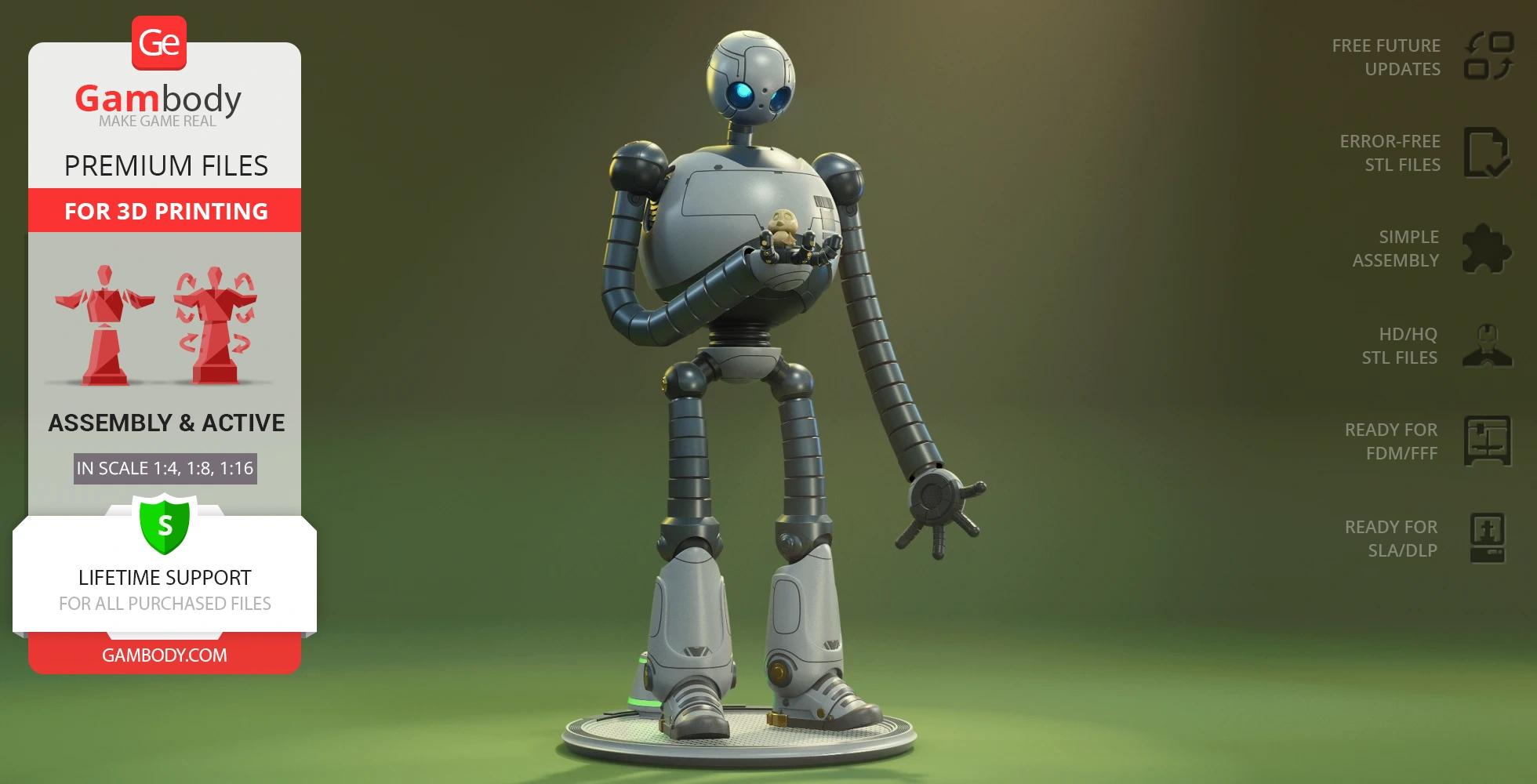
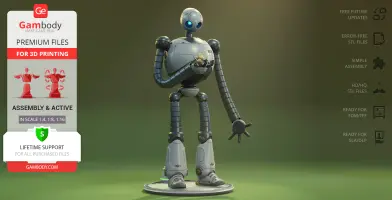
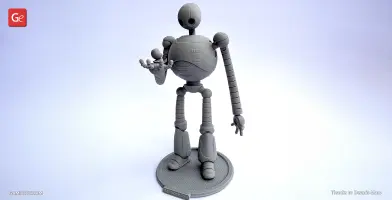


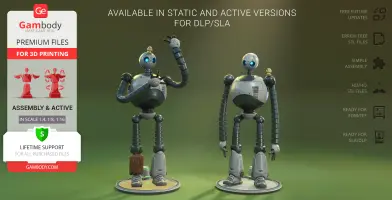
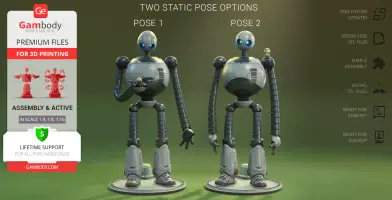
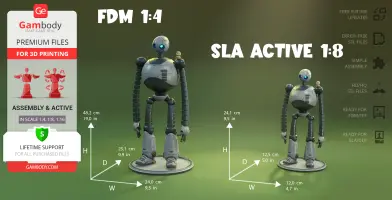
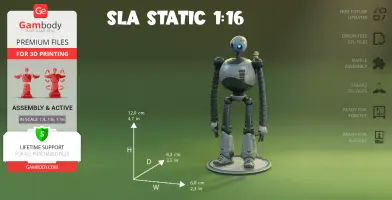
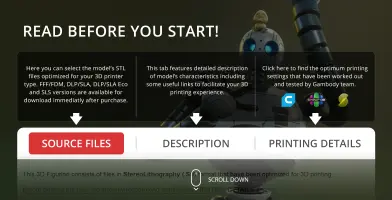
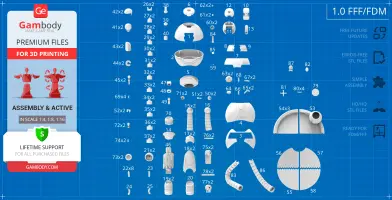
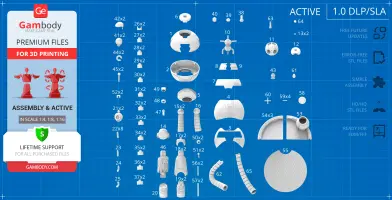
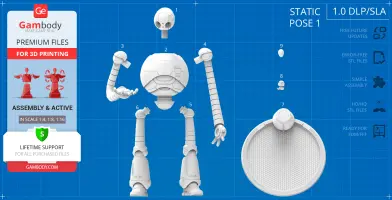
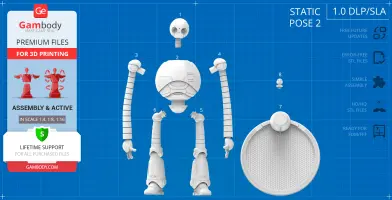
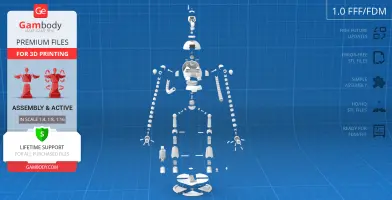
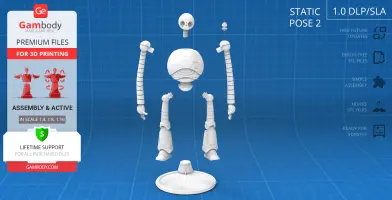
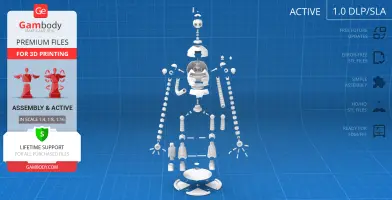
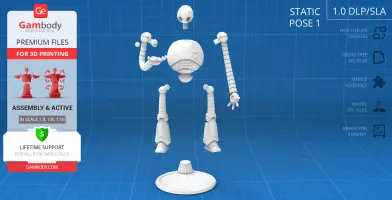
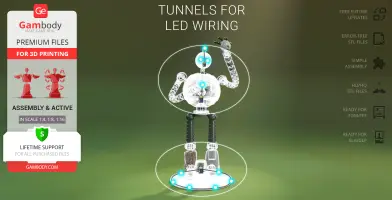
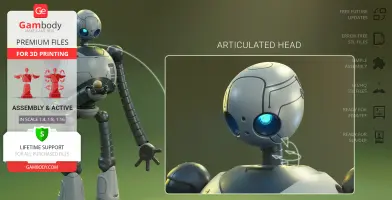
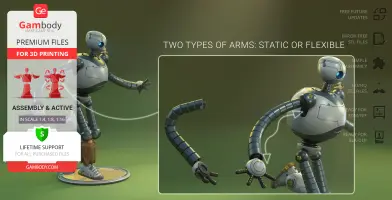
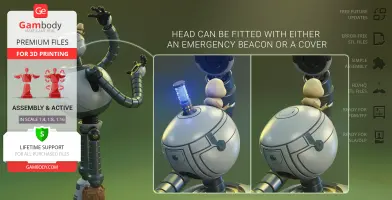
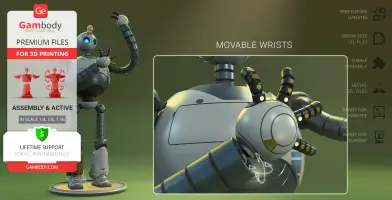
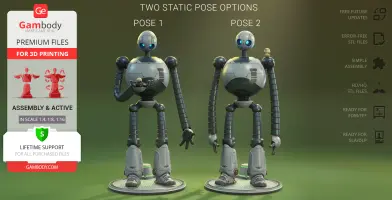
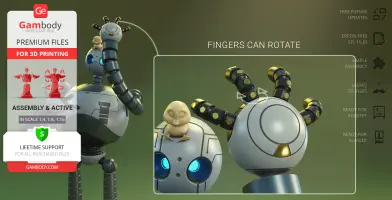
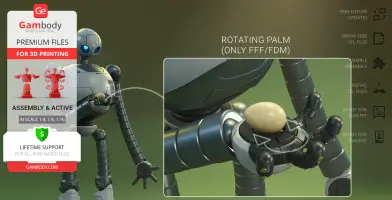
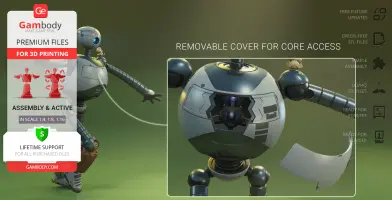
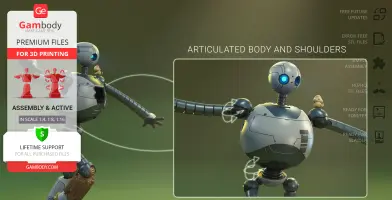
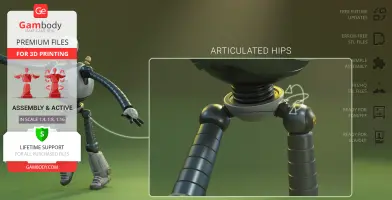
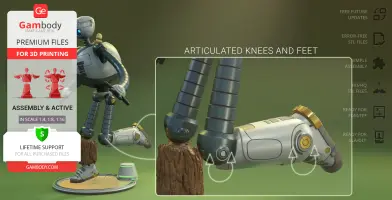
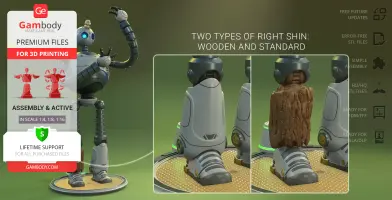
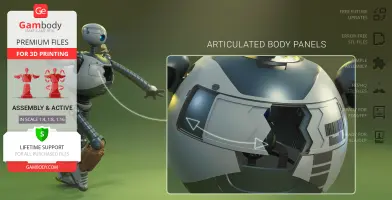
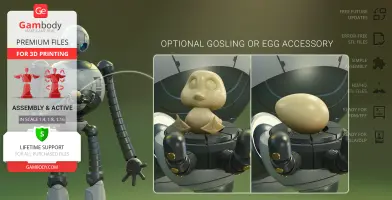
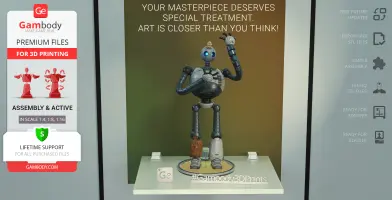
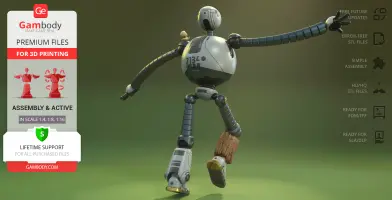
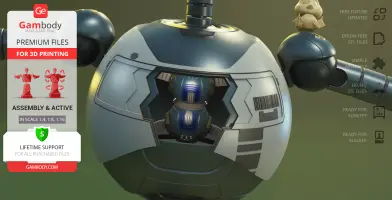
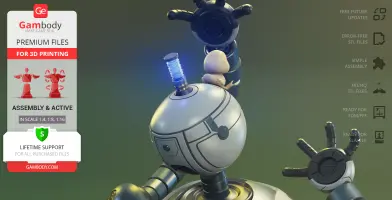
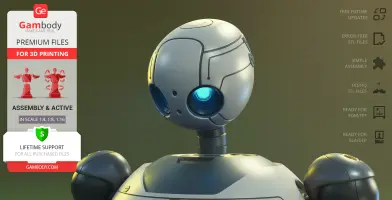
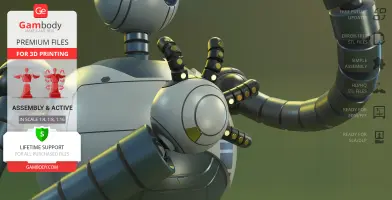
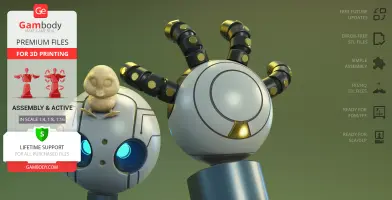
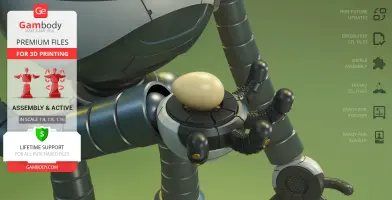
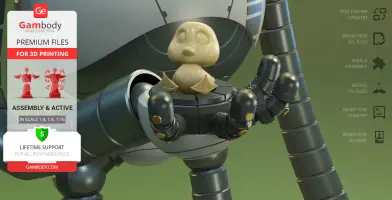
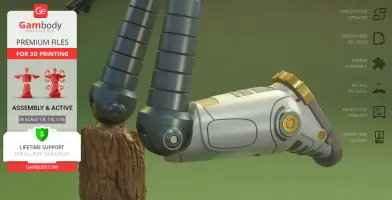
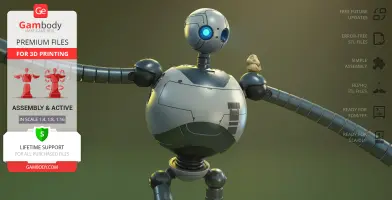
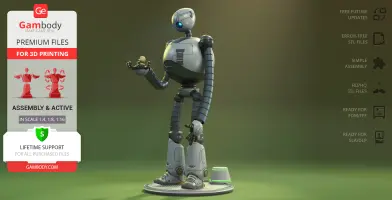
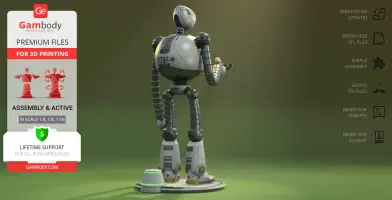
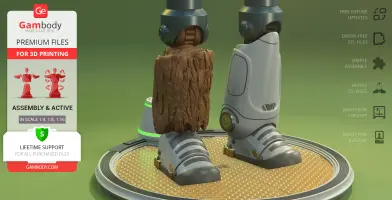
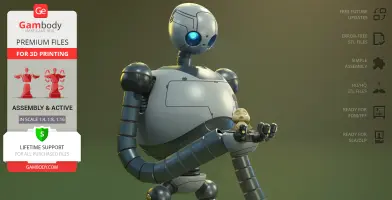
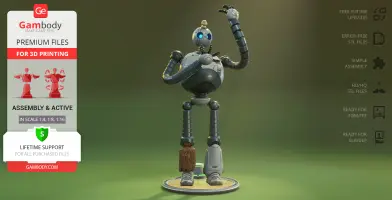
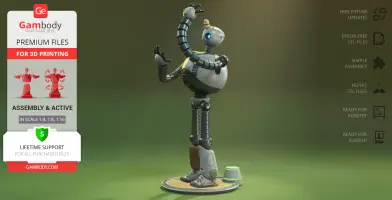
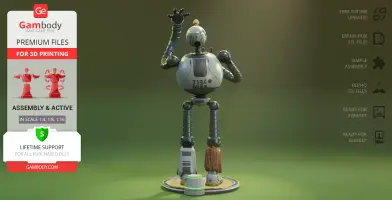
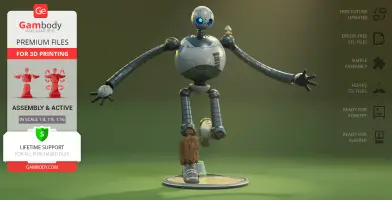
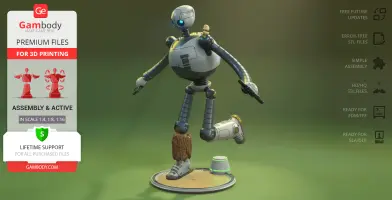
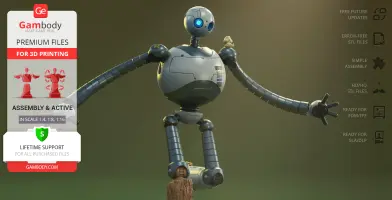
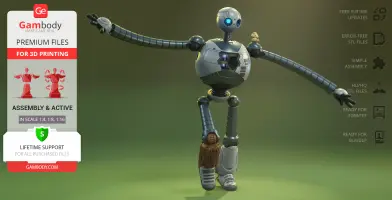
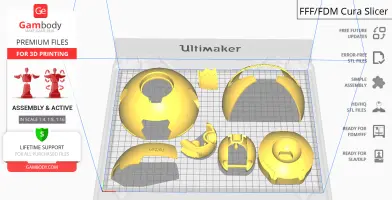
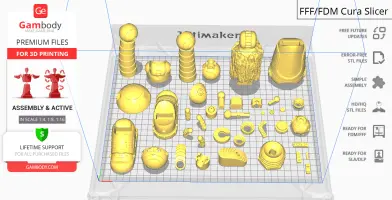
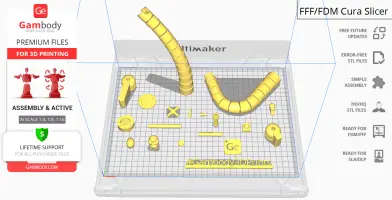


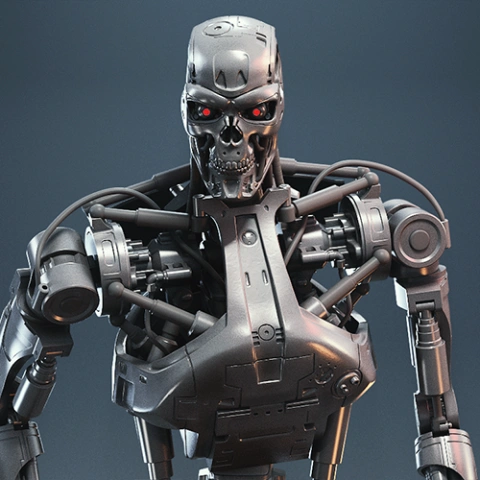
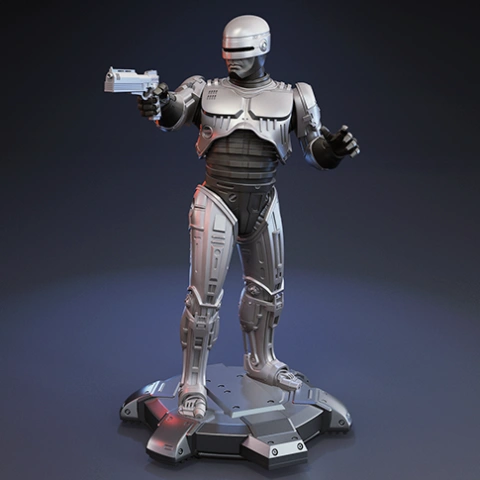
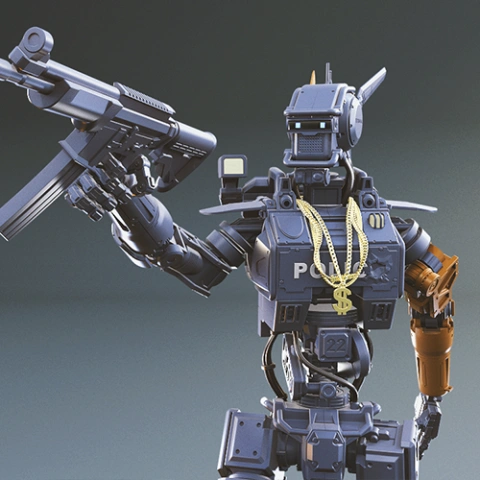
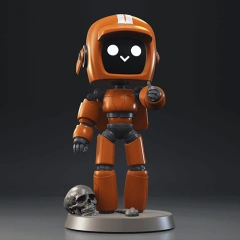
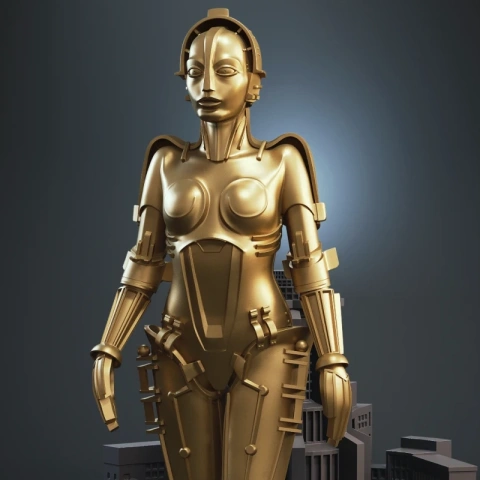
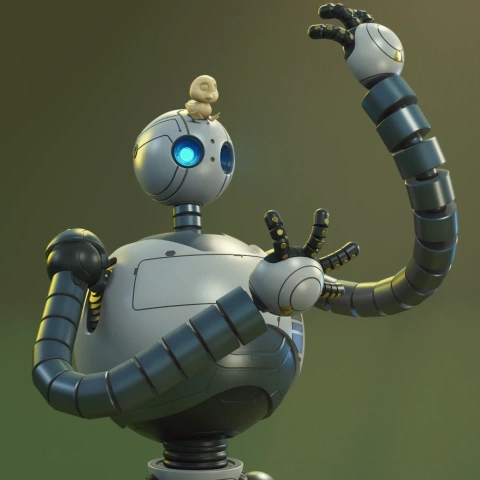
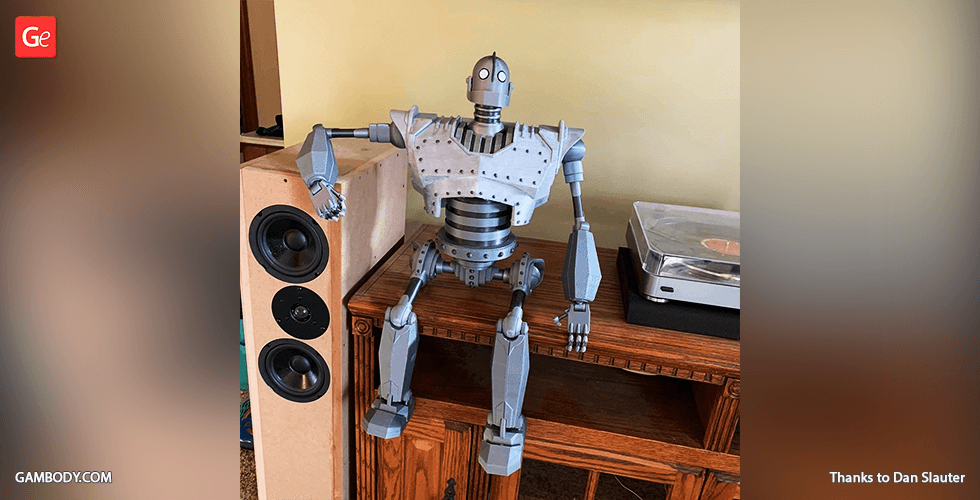
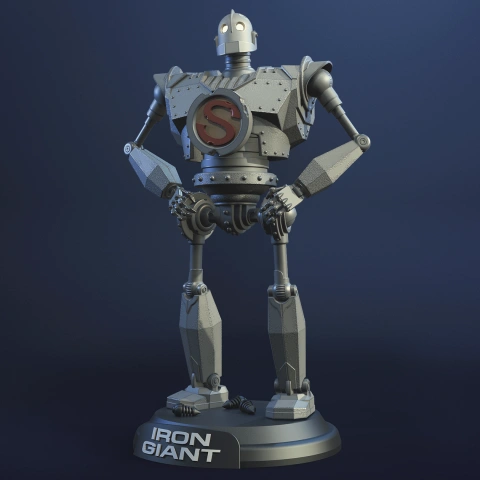
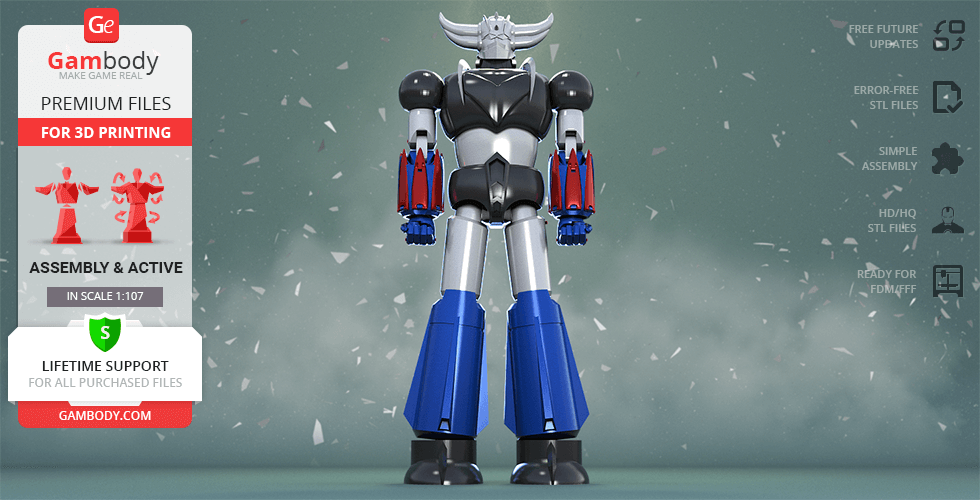
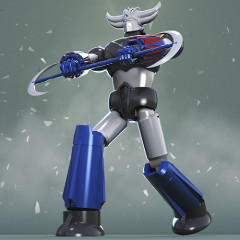
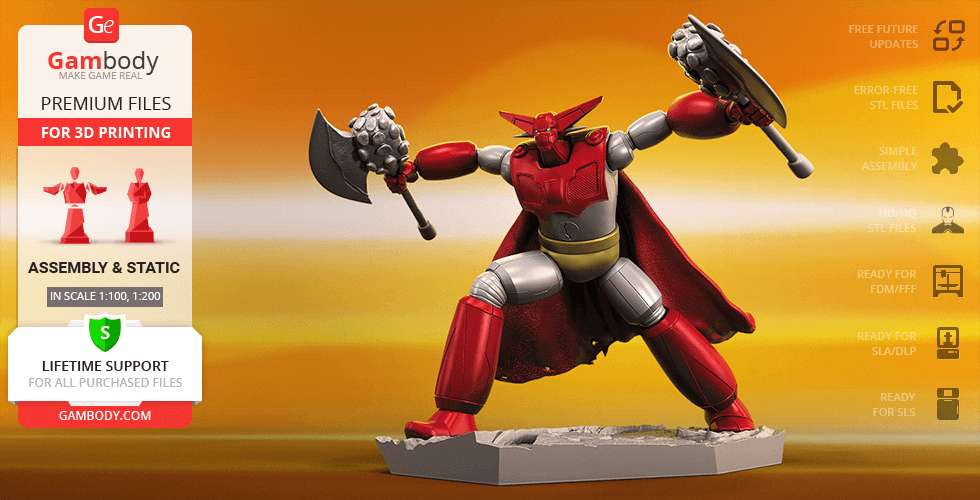
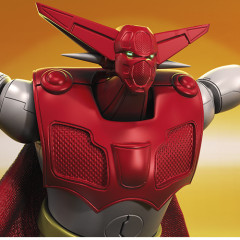
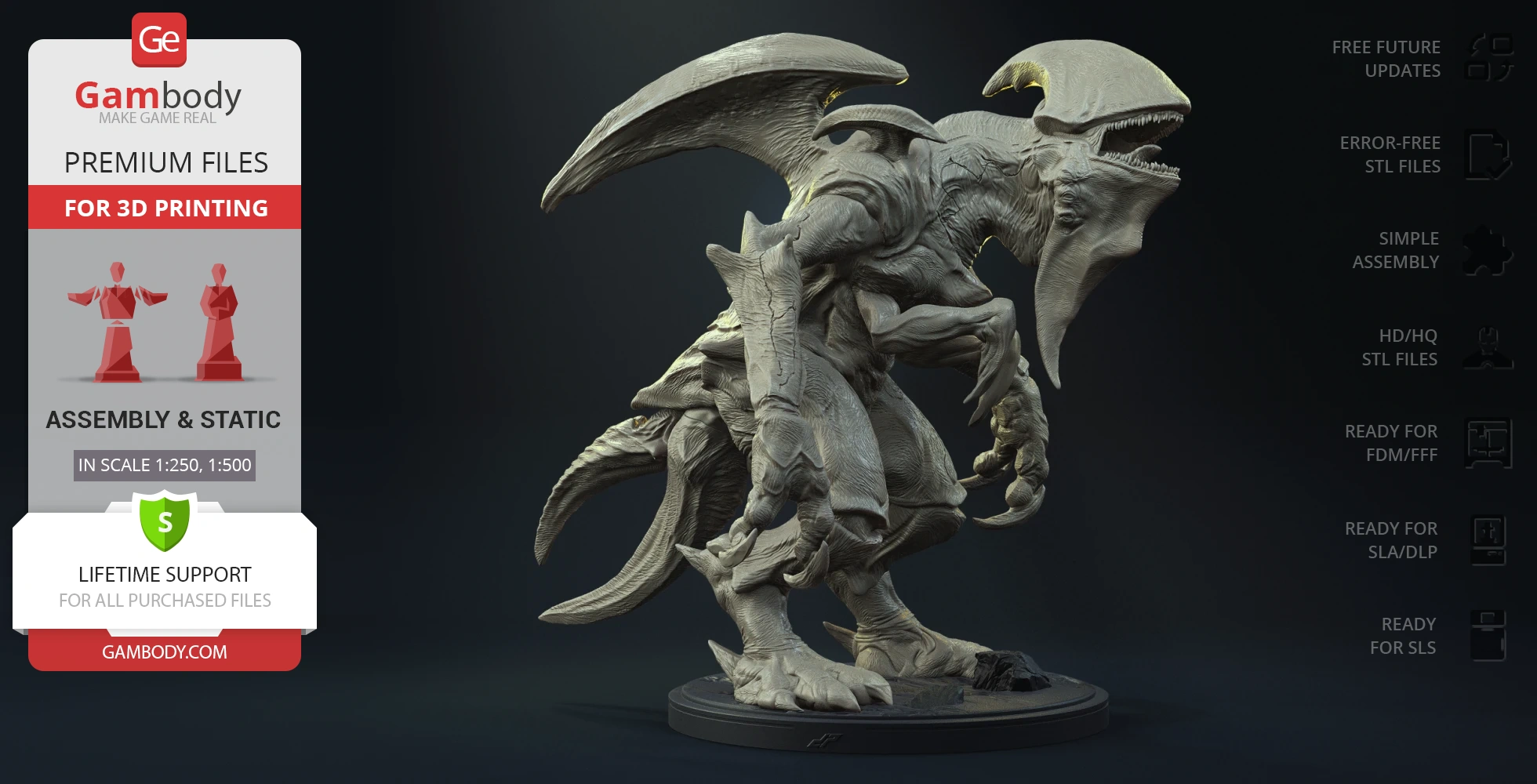
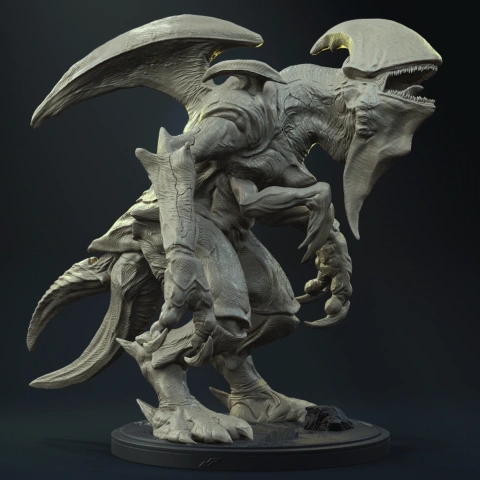
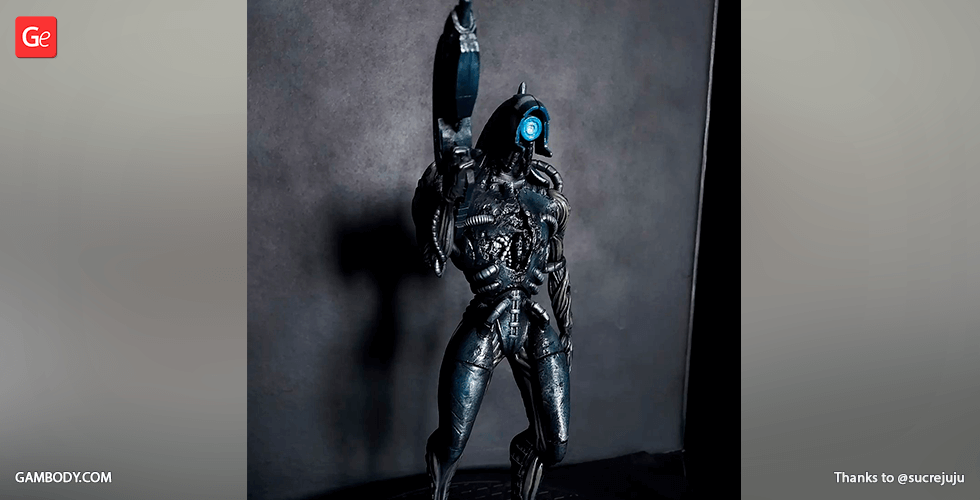
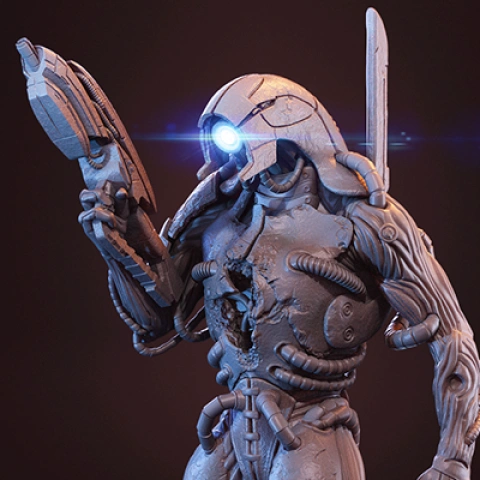
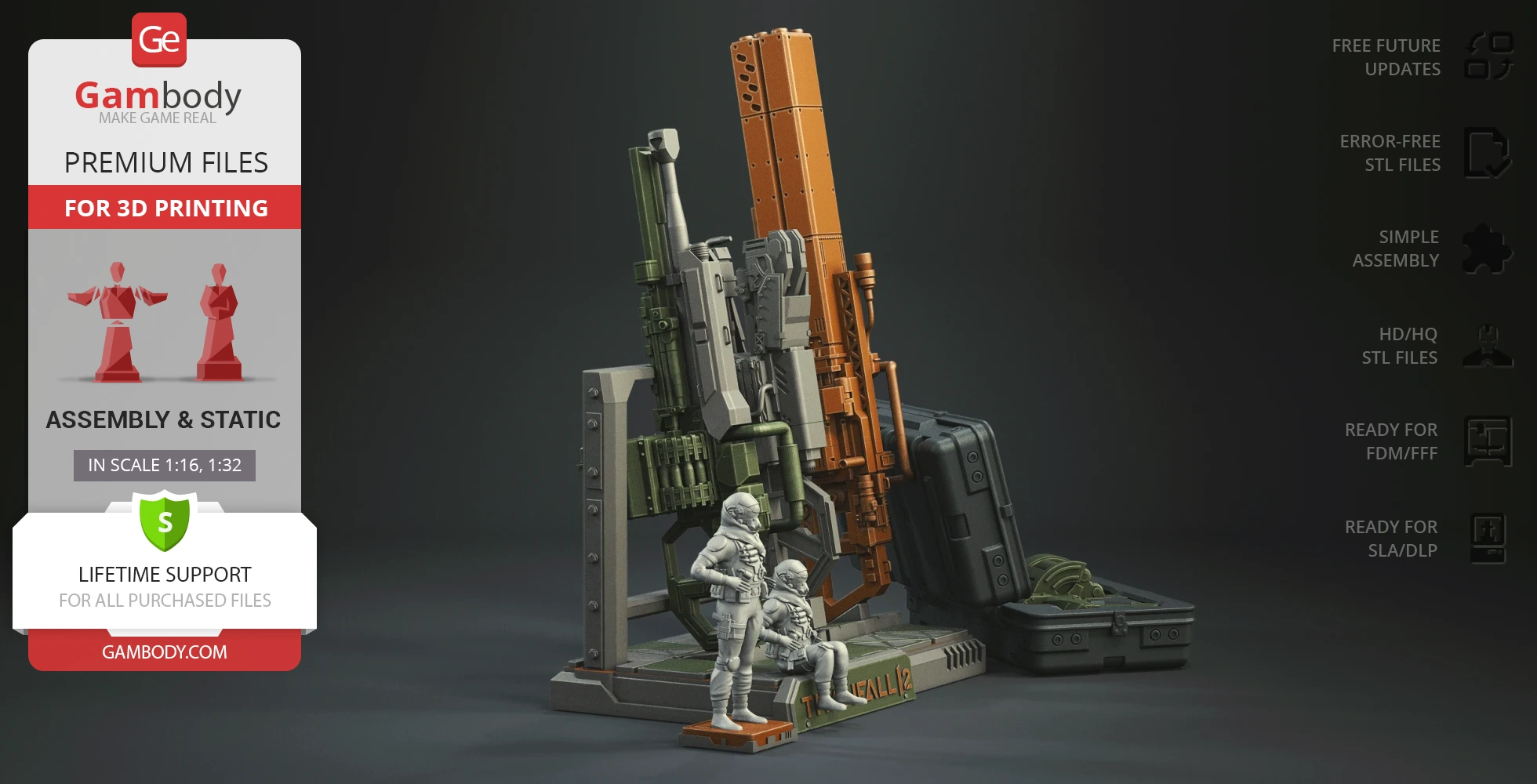
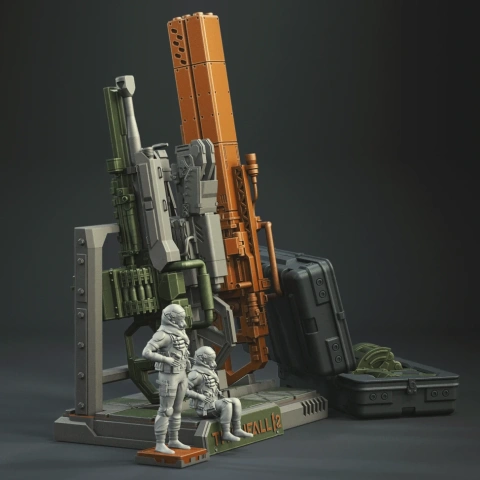
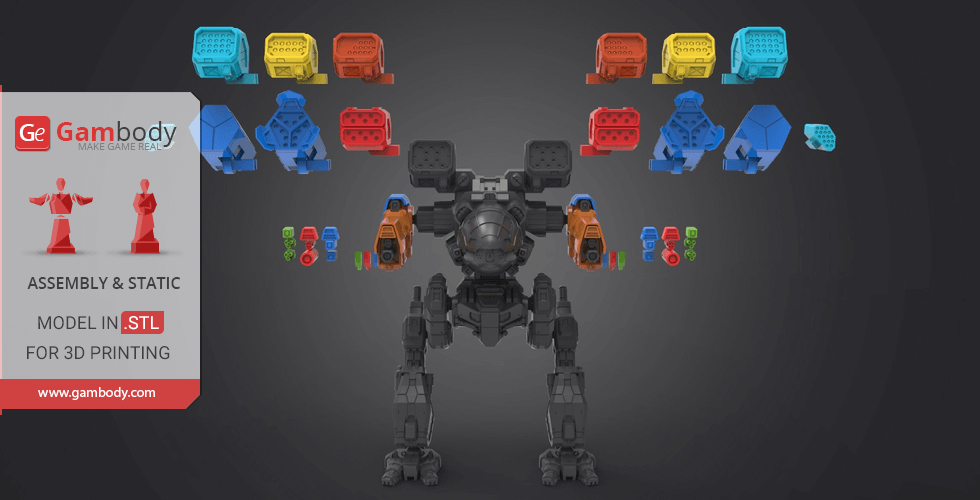
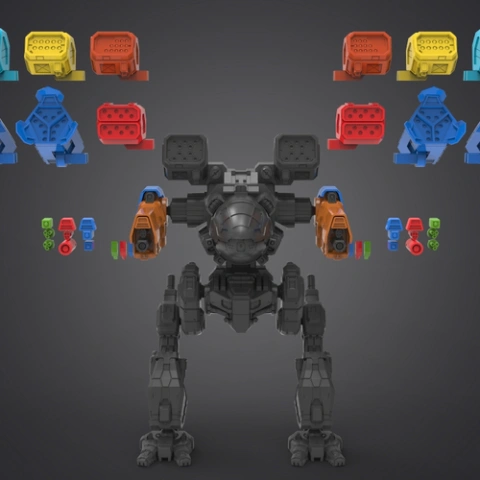
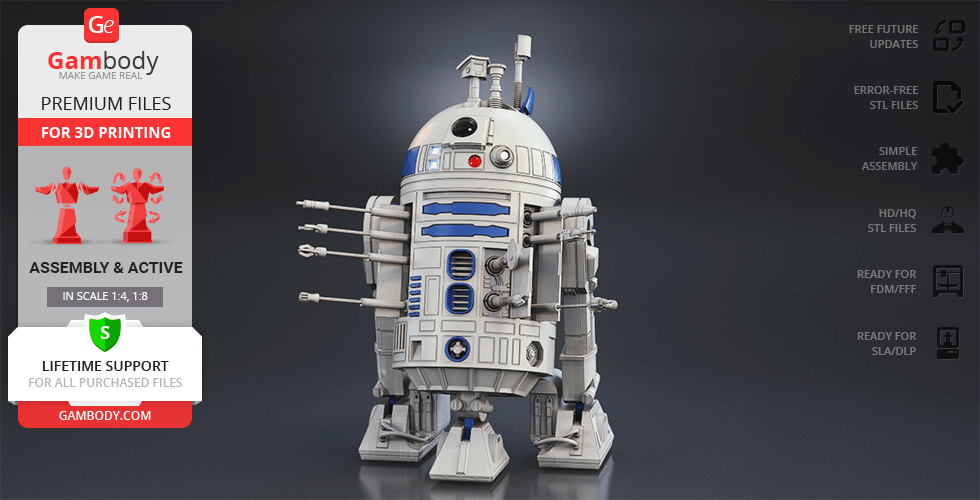
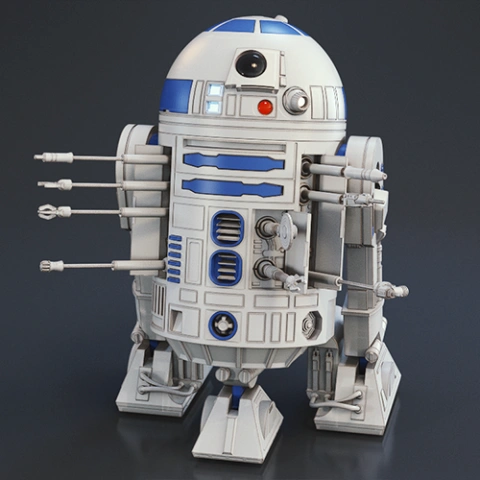
Comments